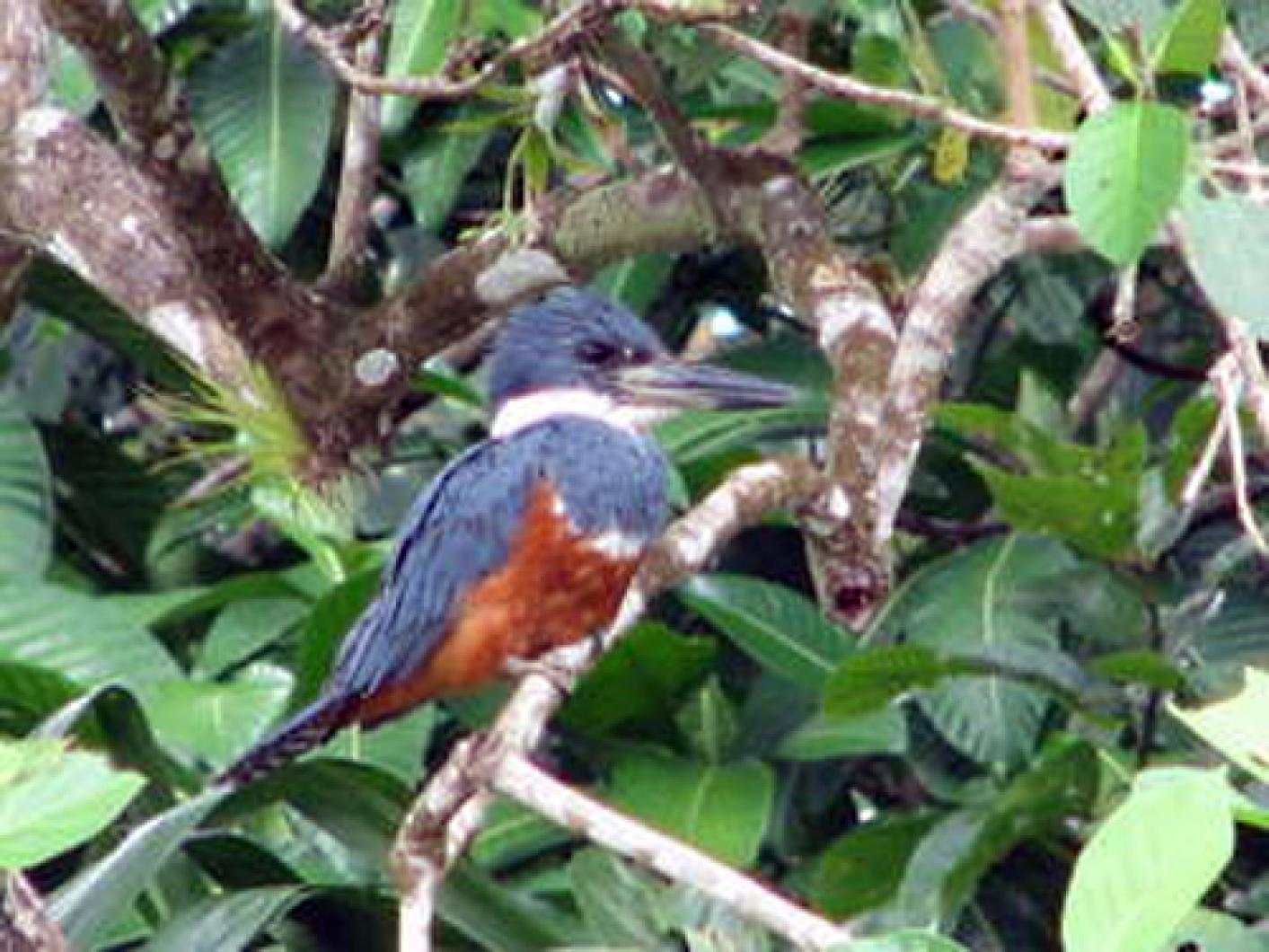It was a whirlwind getting ready to leave. On the way to pick up Pat Hughes and Hal Minis, we met Merrily Tuck and her husband, Tickles, for lunch in Ft. Lauderdale. Pat and Hal came in from Puerto Rico where they had been visiting Pat’s father, John Hughes, and combined a bit of birding and swimming with a good dose of golf. Between packing we took Pat and Hal “out west” — which, on Florida’s east coast, means west of Interstate 95 — for an introduction to Florida birding.
We lucked out, as not only were we able to show Pat and Hal large flocks of glossy and white ibis, but also a roost of yellow-crowned night herons and three roseate spoonbills. The western pastures gave us a quick view of a migrating peregrine falcon, but the most exciting birds for all of us were two swallow-tailed kites. These kites spend their winters in South America and migrate north to Central and North America to breed. As I have mentioned before, these birds are sure signs spring has sprung in Florida!
Pat, Hal, Flip and I all left to fly in opposite directions; they home to Brewster, and us to Nicaragua. The flight was only a bit more than two hours long and the minute we hit the pavement in Managua we could feel the warmth! We had chosen to split our time with four days on the coast and three days on an island in Lake Nicaragua.
The drive to the Pacific reminded us that Nicaragua is still well behind Costa Rica in terms of many basic necessities; the most obvious was the lack of dumps and refuse pickups. Flip and I remembered how during our first visit to Nicaragua, our guide was so embarrassed by the number of plastic bags in the fields that he asked us if we knew what Nicaragua main cash crop was. We answered, “coffee or bananas?” Our guide jokingly said “No, we grow fields of plastic bags.”
Our destination was Morgan’s Rock. Located a bit north of the Nicaragua/Costa Rica border on the Pacific coast, it is built on a white sand, horseshoe beach, and boasts 15 bungalows, all set in the hills and facing west so you can enjoy the sunset or magnificent frigatebirds soaring over the Pacific from your porch (which has a swinging bed) or from your king bed inside. Tropical dry forest surrounds you on the other three sides, putting squirrel cuckoos and white-necked puffbirds within arms’ reach. The bar and dining area overlook the canopy of trees edging the beach and afford great birding in the early morning. We started each day listening to flocks of orange-fronted parakeets coming in to snack on the fruit-bearing trees, joined shortly thereafter by a pair of rufous-naped wrens.
There is a brackish lagoon nearby where we kayaked amongst the mangroves and found some old friends — black-crowned night herons, great-blue and green herons, a handsome black hawk, and the huge ringed kingfisher. We tracked down what sounded like a great crested flycatcher and found a brown-crested flycatcher, the crested flycatcher’s southern cousin. Later we walked back into the dry tropical forest and were followed by a flock of curious white-throated magpie jays, which have tails as long as their bodies and top knot of forward curved feathers. The variety of sounds they made was amazing.
The bodysurfing was superb and the food excellent. We shall return. Our adventures in Lake Nicaragua will have to wait for a future column.
Bird Sightings:
No word of returning ospreys to the Vineyard as of yet, however Rob Bierregaard reports that two are heading north. Mr. Hannah of Nantucket and Hudson of Westport are on the move but Ozzie and Penelope of Long Point (the only Vineyard osprey with a transmitter) still are staying south. For updates, visit bioweb.uncc.edu/Bierregaard/migration10.htm.
At Felix Neck, the female barn owl is now laying eggs. She started on March 4, and as of March 17 she had produced six eggs. It is fascinating to watch so stop by and take a look on the owl cam. My apologies to Hank Golet — I misspelled his name it is not Dolet — and he noted that his Chilmark Road Race record was twenty-two years old!
Luanne Johnson had a visit from a killdeer on her North Tisbury lawn on March 9, and later spotted two woodcocks displaying over Round Pond at Squibnocket with Roger Cook.
Paul Magid’s dog Kodi flushed two birds Paul thought were ruffed grouse near Deep Bottom. There have not been any verified sightings of this species on the Vineyard since 1997, when the last individual was seen off Deep Bottom Road. It would be great if they had survived and we had missed seeing them.
Skip Bettencourt photographed an adult bald eagle as it swooped past his car at Wasque on March 9.
Tim and Sheila Baird had a field sparrow join their chipping sparrows at their feeder in late February, and both species are still tending the Edgartown feeder.
Tom Rivers reports spotting the first turkey vulture of the spring over his Tea Lane house, and also noted that the resident population of black-capped chickadees are calling.
Please report your bird sightings to the Martha’s Vineyard Bird Hotline at 508-627-4922 or e-mail birds@mvgazette.com.
Susan B. Whiting is the coauthor of Vineyard Birds and Vineyard Birds II. Her Web site is vineyardbirds.com.




Comments
Comment policy »